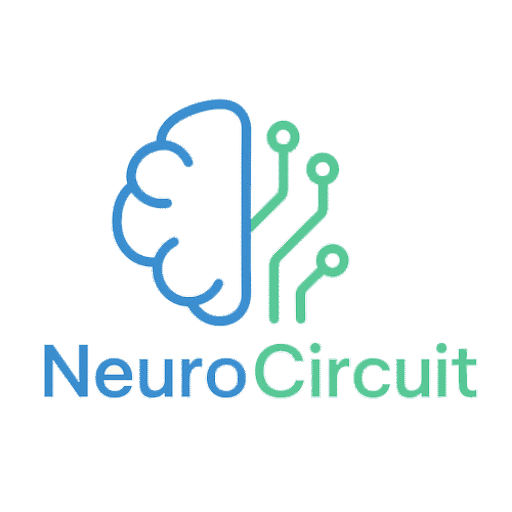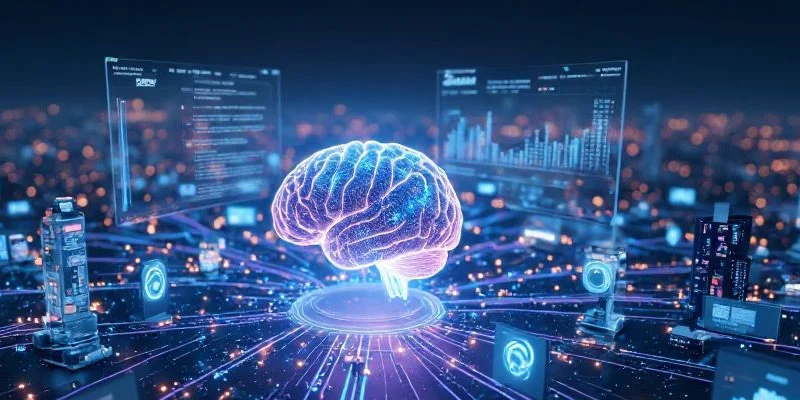Internet of Things, The latest trainings
How AI Streamlines Data Processing and Analysis in IoT Environments
In today’s fast-paced digital landscape, the integration of artificial intelligence (AI) with the Internet of Things (IoT) is transforming how data is processed and analyzed. The convergence of these two technologies is not just a trend; it’s a necessity for businesses and organizations looking to harness the power of data in real-time. As IoT devices proliferate, generating vast amounts of data, the challenge lies in effectively managing and extracting meaningful insights from this information. This is where AI steps in, streamlining data processing and analysis in ways that were previously unimaginable.
Understanding IoT and Its Data Challenges
The Internet of Things refers to a network of interconnected devices that communicate and share data with one another. From smart home appliances to industrial sensors, these devices continuously collect and transmit data. However, the sheer volume of data generated can be overwhelming. According to estimates, by 2025, there will be over 75 billion IoT devices worldwide, producing an astronomical amount of data.
Processing this data in a timely and efficient manner is critical. Traditional data processing methods often struggle to keep up with the speed and volume of data generated by IoT devices. This is where AI comes into play, offering innovative solutions to streamline data handling and analysis.
We suggest you also listen to the podcast below to help you better understand the article
The Role of AI in Data Processing
AI technologies, particularly machine learning (ML) and deep learning, have the capability to analyze large datasets quickly and accurately. By leveraging algorithms that can learn from data, AI can identify patterns and trends that might be missed by human analysts or traditional software. Here are some ways AI is enhancing data processing in IoT environments:
- Real-Time Data Processing: AI can process data as it is generated, allowing for immediate insights. For instance, in smart manufacturing, AI algorithms can analyze data from machinery in real-time to predict maintenance needs, thereby reducing downtime and optimizing operations.
- Data Filtering and Preprocessing: IoT devices often produce noisy data, which can obscure valuable insights. AI can filter out irrelevant information and preprocess data to ensure that only high-quality data is analyzed. This step is crucial for improving the accuracy of subsequent analyses.
- Automated Data Integration: With numerous IoT devices generating data in different formats, integrating this data into a cohesive system can be challenging. AI can automate the integration process, ensuring that data from various sources is harmonized and ready for analysis.
- Enhanced Data Storage Solutions: AI-driven storage solutions can intelligently manage data, determining which data should be stored, archived, or deleted based on usage patterns and relevance. This optimizes storage costs and ensures that valuable data is readily accessible.
Advanced Analytics Powered by AI
Once data is processed, the next step is analysis. AI significantly enhances the analytical capabilities of IoT systems, enabling organizations to derive actionable insights from their data. Here are several key applications of AI in data analysis:
- Predictive Analytics: AI can analyze historical data to predict future trends. For example, in smart cities, AI can forecast traffic patterns based on data from connected vehicles and traffic sensors, helping city planners optimize traffic flow and reduce congestion.
- Anomaly Detection: AI algorithms can identify anomalies in data that may indicate potential issues. In healthcare, for instance, AI can monitor patient data from wearable devices to detect irregular heart rates or other health concerns, alerting medical professionals before a serious problem arises.
- Sentiment Analysis: For businesses, understanding customer sentiment is crucial. AI can analyze data from social media, customer reviews, and feedback forms to gauge public sentiment about products or services, allowing companies to make informed marketing and product development decisions.
- Natural Language Processing (NLP): AI’s NLP capabilities enable it to analyze unstructured data, such as text and voice data. This is particularly useful in customer service applications, where AI can analyze customer interactions to improve service delivery and satisfaction.
Case Studies: AI in Action
To illustrate the impact of AI on data processing and analysis in IoT environments, let’s look at a few real-world examples:
- Smart Agriculture: Farmers are increasingly using IoT sensors to monitor soil conditions, weather patterns, and crop health. AI analyzes this data to provide actionable insights, such as optimal planting times and irrigation needs. This not only boosts crop yields but also promotes sustainable farming practices.
- Predictive Maintenance in Manufacturing: In manufacturing, companies are using IoT sensors to monitor equipment performance. AI analyzes this data to predict when machines are likely to fail, allowing for timely maintenance. This proactive approach reduces downtime and maintenance costs, ultimately improving productivity.
- Smart Cities: Urban planners are leveraging IoT devices to gather data on traffic, energy usage, and public safety. AI analyzes this data to optimize city services, enhance public safety, and improve the overall quality of life for residents. For instance, AI can adjust traffic signals in real-time based on current traffic conditions, reducing congestion and emissions.
Challenges and Considerations
While the benefits of integrating AI with IoT are substantial, there are challenges that organizations must navigate. Data privacy and security are paramount concerns, especially as IoT devices collect sensitive information. Ensuring that data is securely transmitted and stored is essential to maintaining consumer trust.
Moreover, the complexity of AI algorithms can sometimes lead to a lack of transparency in decision-making processes. Organizations must strive for explainability in AI, ensuring that stakeholders understand how decisions are made based on data analysis.
The Future of AI and IoT
As technology continues to evolve, the synergy between AI and IoT will only grow stronger. The future promises even more sophisticated AI algorithms capable of handling increasingly complex data sets. Here are a few trends to watch:
- Edge Computing: The rise of edge computing will enable data processing closer to the source, reducing latency and bandwidth usage. AI will play a crucial role in processing data at the edge, allowing for real-time insights without relying on centralized data centers.
- Federated Learning: This approach allows AI models to be trained across multiple devices without sharing raw data. It enhances privacy and security while still enabling organizations to benefit from collective learning.
- Enhanced Interoperability: As IoT ecosystems become more diverse, the need for interoperability will grow. AI will facilitate seamless communication between devices and systems, ensuring that data flows smoothly across platforms.
- Sustainability Initiatives: AI can help organizations analyze data related to energy consumption and waste management, leading to more sustainable practices. As businesses increasingly focus on sustainability, AI-driven insights will be invaluable.
Conclusion
The integration of AI into IoT environments is revolutionizing data processing and analysis. By harnessing the power of AI, organizations can efficiently manage the vast amounts of data generated by IoT devices, gaining valuable insights that drive decision-making and innovation. As we look to the future, the potential for AI and IoT to work together will continue to expand, offering exciting opportunities for businesses across various sectors. Embracing these technologies is not just about keeping up with the competition; it’s about leading the charge into a data-driven future where informed decisions pave the way for success.
Join our newsletter to get the latest projects, tutorials, and tech updates straight to your inbox! 🚀

